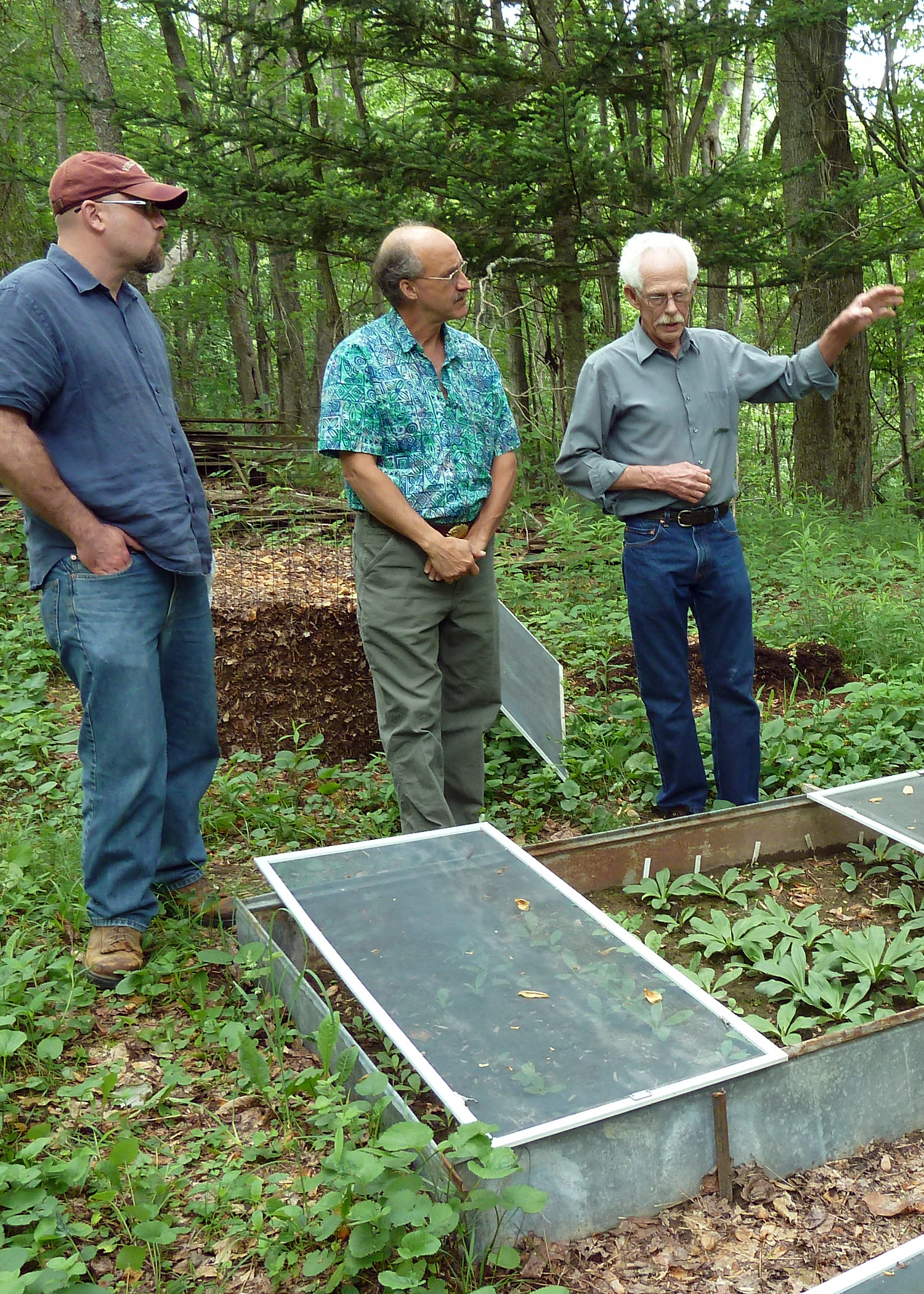Partners promote forest farming through online community

Virginia Tech is leading the effort to use the new online research-based learning network eXtension to promote forest farming — the cultivation of high-value specialty crops under a forest canopy.
Launched in 2008, eXtension was created by the U.S. Department of Agriculture and Cooperative Extension System as a virtual space for practitioners, researchers, and extension and agency professionals to exchange ideas and information as well as produce new educational resources on a wide range of topics organized as “resource areas.”
The College of Natural Resources and Environment, with support from the USDA National Institute of Food and Agriculture and the U.S. Forest Service, along with partnerships with numerous institutions, organizations, and businesses, launched eXtension’s forest farming resource area to synthesize and deliver educational programs, encourage and inform forest farming initiatives, and compile data.
More than 50 professionals contribute to eXtension’s forest farming resource area, and over 100 content projects have either been completed or are in development, including FAQs, articles, a newsletter, webinars, and a video series that covers a wide range of forest crops as well as topics like agroforestry and seed collection.
“In the past, forest farming experts have been largely somewhat isolated,” said John Munsell, associate professor and forestry management Extension specialist in the college’s Department of Forest Resources and Environmental Conservation. “This whole idea is to build a collective identity and better define forest farming. We’re also focusing on being more relevant in the digital world.”
Forest farming professionals build content that focuses on the sustainable and purposeful cultivation of nontimber forest products, such as plants that can be consumed or used as medicines, crafts, and decorations. Ginseng, for example is prized for medicinal and cultural reasons, ramps are an edible delicacy, and pine straw is commonly used as mulch.
These raw materials are typically wild harvested, which places pressure on wild populations and affects market stability. Under forest farming practices, products are cultivated and managed in farm-like woodland settings that have been modified to provide the correct shade and microenvironment so growth can be sustained and the output secured year after year.
“One benefit of forest farming is income for landowners while their timber matures or other longer term objectives are pursued,” Munsell said. “In addition, there’s the added benefit of the conservation of economically and culturally important forest products.”
The resource area content is targeted primarily to producers and stakeholders who want to learn more about forest farming and use the site to gather production information that has been developed through a network of professionals working nationally and internationally.
“We want to ensure that we’re inclusive and representative of all the initiatives related to forest cultivation,” Munsell explained. “The bigger picture is to learn more about the concept of forest farming by sharing information among a whole host of experts so we come away with a better sense of what forest farming is and how we can continue to grow.”
Munsell and Catherine Bukowski of Syracuse, N.Y., a doctoral student in forestry in the college, are lead coordinators of the project. Key partners include Jim Chamberlain of the U.S. Forest Service and Mike Jacobson of Penn State, as well as the USDA National Agroforestry Center and Cornell University.
Written by LauraBess Kenny of Richmond, Va., a senior majoring in communication in the College of Liberal Arts and Human Sciences.




